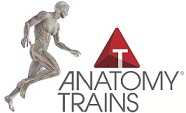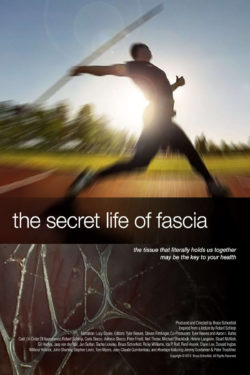
Continuing Education Workshops
Los Angeles Workshop
Santa Monica, CA
Abdominopelvic Interrelationships
October 11th-13th, 2024
Sundance Physical Therapy
2212 Pico Boulevard
Santa Monica, CA 90405
International Workshop
Medulin, Croatia
VISION & FASCIALE Present:
INTERNATIONAL CONGRESS OF INNOVATIVE REHABILITATION
September 20-22, 2024
Teaching: September 21
Intro to Structural-Visceral Integration:
ABDOMINOPELVIC INTERRELATIONSHIPS
Medulin, Croatia. ICIR24 | Uciliste Vizija
International Film Screening
Medulin, Croatia
September 22, 2024. Medulin, Croatia
Film Screening / Q&A: The Secret Life of Fascia
Part 3: Fascia in Sports & Movement
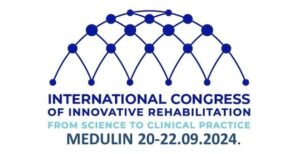
Online Events
Live with Gil
Online Events
In-Touch
Fascial Integration
Structural-Visceral Approaches
Bruce Schonfeld’s workshops primarily bridge the musculoskeletal and visceral systems.
In the modern era of specialization, who’s looking at the whole body? Who’s looking at the whole person? Especially in the context of competent musculoskeletal and biopsychosocial care, physical restrictions can be the missing piece in the therapeutic puzzle, the anatomical “elephant in the room,” causing or contributing to pain and/or orthopedic problems. Fascial Integration’s specialization is that of the generalist, systems-thinking, and while taking the serious interest in specifics as well as not missing the forest for the trees.
SVAP
Abdominopelvic Interrelationships
SVAP primarily balances the organs and membranes of the pelvic and abdominal cavities with the low-back and lower extremity.
SVTI
Thoracic Interrelationships
SVTI primarily balances the organs and membranes of the thoracic cavity with the mid-back and upper extremity.
SVCC
Cervical, Cranial, & TMJ Interrelationships
SVCC examines the intricate interrelationships of the neck, head, and TMJ.
1. Abdominopelvic Interrelationships (SVAP)


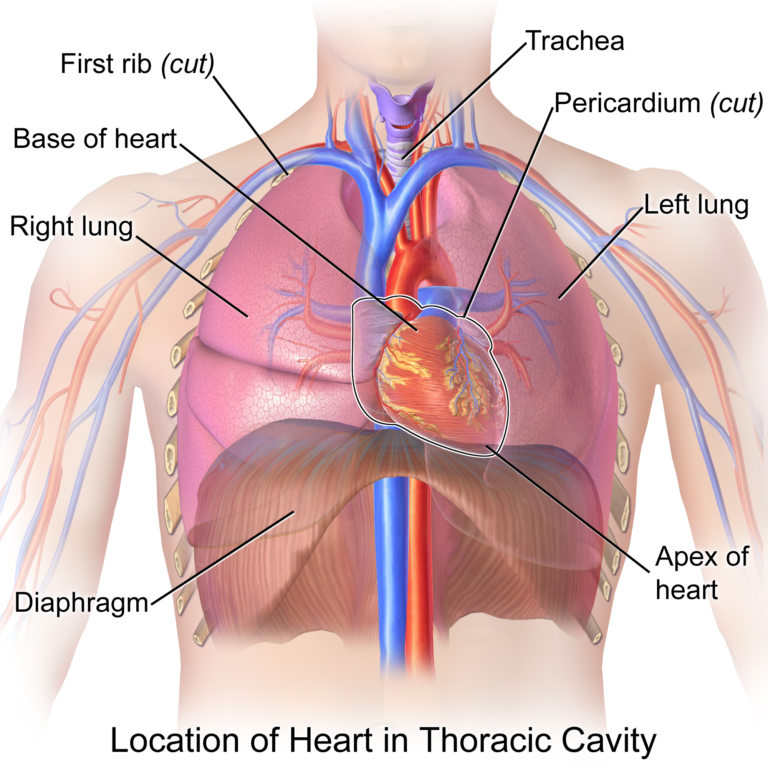
2. Thoracic Interrelationships (SVTI)
3. Cervical, Cranial, & TMJ Interrelationships (SVCC)
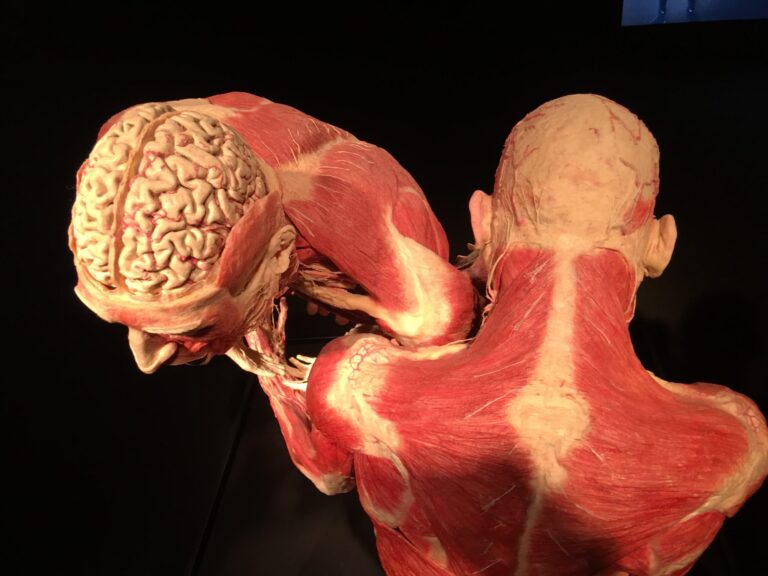
Golden Week
Structural-Visceral Approaches
to the Mid-Back, Thorax & Diaphragm
Tokyo or Nagoya, Japan
Registration & Local contact: Masa Miyao
http://rolfing380.jp | https://fascialintegration.com
The Rolf Institute of Structural Integration: CE for Rolfers
International Association of Structural Integrators: CE for SI
Golden Week
Structural-Visceral Approaches
to the Head, Neck, TMJ
Tokyo or Nagoya, Japan
Registration & Local contact: Masa Miyao
http://rolfing380.jp | https://fascialintegration.com
The Rolf Institute of Structural Integration: CE for Rolfers
International Association of Structural Integrators: CE for SI
Golden Week
Clinical Applications
of Fascial Integration
Tokyo or Nagoya, Japan
Registration & Local contact: Masa Miyao
http://rolfing380.jp | https://fascialintegration.com
The Rolf Institute of Structural Integration: CE for Rolfers
International Association of Structural Integrators: CE for SI
Fascial Integration – Japanese website:
International Alliance of Healthcare Educators Curriculum
 Fascial Integration: Postural Analysis, Physical Assessment, Problem Solving & Fascial Manipulation
Fascial Integration: Postural Analysis, Physical Assessment, Problem Solving & Fascial Manipulation
For more general Fascial Integration information, click here
- Approaches for the Low-Back, Pelvis & Abdomen
- Approaches for the Mid-Back, Thorax & Diaphragm
- Approaches for the Cranium, Neck & TMJ
Prior Curriculum
Sponsors, Affiliates, and Approved Continuing Education (CE) Workshop Providers
Official Website: The Secret Life of Fascia: Documentary Film

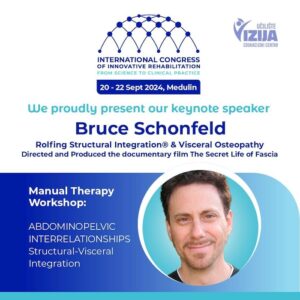



![IAHE Logo(5265type-5497) [Converted] IAHE Logo(5265type-5497) [Converted]](https://advancedrolfing.com/wp-content/uploads/2019/06/IAHE_Logo-120x126.jpg)



